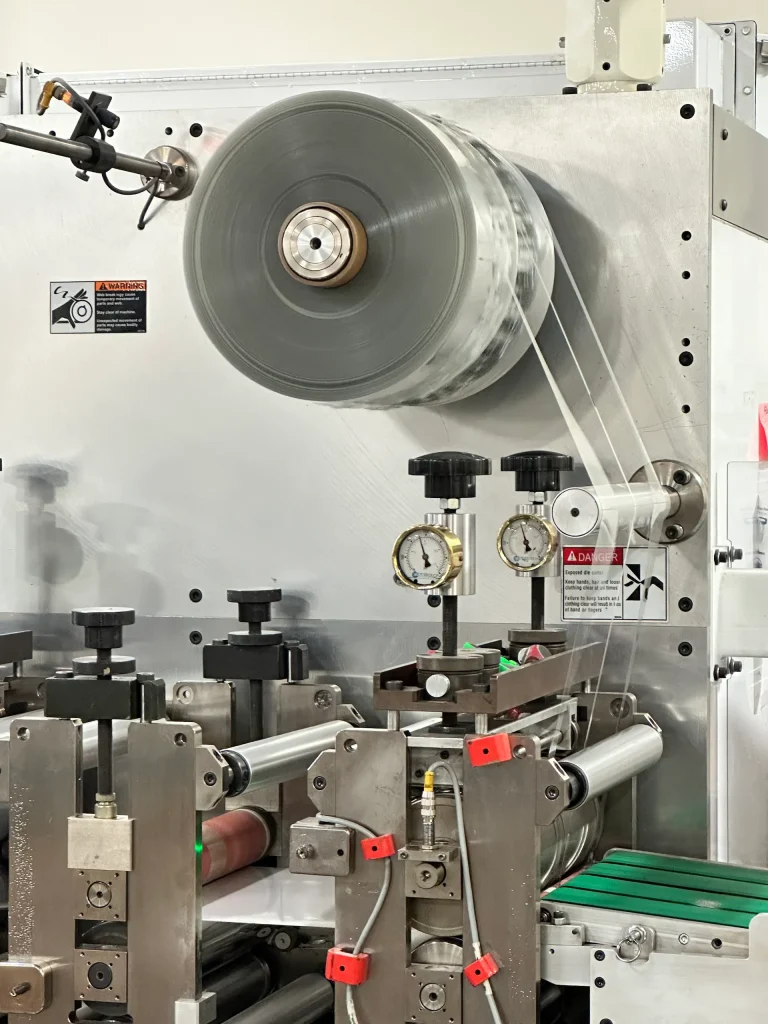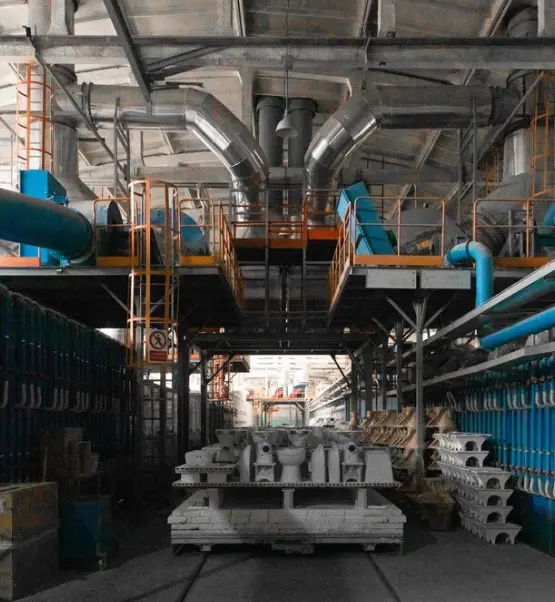
At Colvin-Friedman, we have been producing top-quality die-cutting components since 1949, with a significant focus on automotive applications. Our understanding of this industry leads us to three primary areas of focus: precision in cutting, deep expertise in materials commonly used for automotive products, and the continual development of best practices to ensure components are produced to withstand the demanding conditions of modern vehicles. Below we’ve listed some of our capabilities, best practices, and more information on our processes that help us guarantee results of the highest quality. If you would like a quote on your automotive component die-cutting needs, fill out the brief form or call our Vice President, Josh Rodman at 707-769-4488
Or call Josh at (707) 769-4488
Below we’ve listed categories of material that we can die cut, with an emphasis on explaining the differences in methods: rotary die cutting can be used for very high-speed production, but the level of detail and thicknesses of material that can be processed is different than that of flatbed steel-rule die cutting.
Automotive-Grade Plastics
Rubber and Elastomers
Foam and Insulation
Composite Materials
High-Performance Metals
– Interior trim components
– Engine bay insulation
– Dashboard components
– Gaskets
- Seals
– Vibration dampeners
– Sound dampening materials
– Thermal insulation
– Cushioning components
– Structural components
– Lightweight body panels
– Interior reinforcements
– EMI/RFI shielding
– Thin metal gaskets
– Heat shields
Rotary for thin sheets up to .015″; Flat press for thicker materials or intricate designs
Rotary for thin sheets up to .015″; Flat press for thicker materials and most automotive applications
Rotary only for very thin foams up to .015″; Flat press for all thicker foams
Flat press for most applications
Flat press for most applications
We are also capable of working with far more material thicknesses with our flatbed die-cutting processes. Below are some of the expanded capabilities you might find with these production systems in use at Colvin-Friedman
Automotive-Grade Plastics
Rubber and Elastomers
Foam and Insulation
Composite Materials
High-Performance Metals
Excellent
Excellent
Excellent
Very Good
Good
– Thick dashboard components up to 0.5″
– Complex interior trim pieces
– Under-hood insulators
– Engine gaskets
– Heavy-duty weather stripping
– Multi-durometer seals
– Sound insulation panels
– Multi-layer thermal barriers
– Custom-shaped seat cushioning
– Lightweight structural components
– High-strength body panels
– Custom reinforcement elements
– Precision-cut EMI/RFI shields
– Multi-layer heat shields
– Intricate decorative metal trim
Since each of the materials used in creating automotive components has differences in tensile and compression strength, chemical and temperature resistance, and more, working with each one requires a different set of conditions. Below, we’ve listed what helps Colvin-Friedman maintain its standard of excellence and quality control.
Temperature resistance
Chemical resistance
Achieving precise tolerances
Use pre-treated high-temp-resistant plastics; employ flatbed cutting with pre-heated dies to minimize material stress
Utilize chemically-resistant plastics like PTFE; flatbed die-cutting ensures consistent material integrity
Use rotary die-cutting with optimized cutting pressure for smooth edges without fracturing
Ensuring consistent sealing
Vibration dampening properties
Achieving complex geometries
Implement real-time thickness monitoring during flatbed cutting for uniformity
Use rotary die-cutting with custom-shaped dies to preserve material flexibility
Apply multi-step flatbed die-cutting with adjustable pressure to handle intricate shapes
Maintaining acoustic properties
Ensuring compression set resistance
Achieving consistent density
Use flatbed cutting with low-pressure settings to prevent cell structure damage
Utilize controlled rotary die-cutting to apply precise cutting force for minimal material distortion
Calibrate flatbed cutting pressure based on pre-cut density measurements to ensure uniformity
Preventing delamination
Managing dust and debris
Achieving precise cuts in hard materials
Use flatbed die-cutting with optimized blade sharpness and speed for clean cuts without delamination
Incorporate rotary die-cutting with integrated dust collection systems to minimize debris
Use hardened steel dies in flatbed cutting for thick or abrasive composites, minimizing tool wear
Maintaining EMI/RFI shielding properties
Achieving intricate designs
Managing tool wear
Use flatbed die-cutting with protective coatings to prevent material oxidation during the process
Employ rotary die-cutting with micro-serrated edges for clean, burr-free cuts
Use rotary dies with carbide inserts for longer-lasting performance in high-volume metal cutting
At Colvin-Friedman, we’ve refined our die-cutting process for automotive applications over decades of experience. Here’s a step-by-step look at how we go from initial consultation to delivering high-quality die-cut parts for the automotive industry:
Choosing between automotive die-cutting suppliers can be difficult, and often comes down to a combination of culture, fit, and numbers. Colvin-Friedman has been the trusted supplier of die-cut parts for many major corporations, but we also recognize that it can be helpful to have a reference of what to look for in companies. Below are some of the most common questions that we have received about our capabilities.
Experience
Capabilities
Materials
Quality Control
Turnaround Time
Capacity
Additional Services
Financial Stability
Years in Automotive Manufacturing
Types of Die-Cutting Machines
Maximum Die Cutting Size
List of Automotive-Grade Materials Handled
Inspection Methods Used
Average Prototype Turnaround
Average Production Turnaround
Annual Production Capacity
Automotive Product Design Assistance
Assembly Services for Automotive Components
Years in Business
75 years in complex die-cutting including automotive applications
Rotary, flatbed
16-inches rotary
See tables above
Vision systems, statistical controls, material composition tests, durability testing
4-6 days
2-3 weeks
Millions of parts
Can provide design assistance to maximize durability and die-cutting efficiency
Assembly service and inventory management system integration available
75+

Whether it’s precision gaskets for engine components, intricate interior trim pieces, or high-performance insulation materials, Colvin-Friedman has been proudly producing the parts that make up crucial pieces of automotive equipment.
If you’re looking for a quote for your automotive die-cutting needs, please don’t hesitate to fill out the short form for a tailored response. You can also call our Vice President Josh Rodman at 707-769-4488 for answers to any questions you might have or to start the process.
Or call Josh at (707) 769-4488